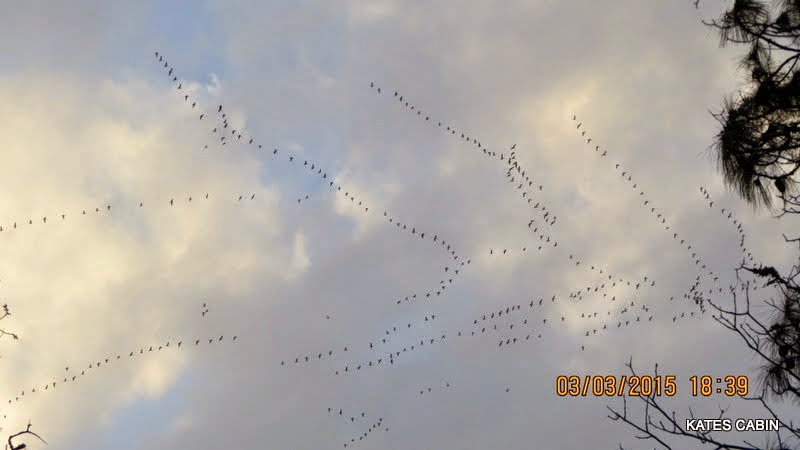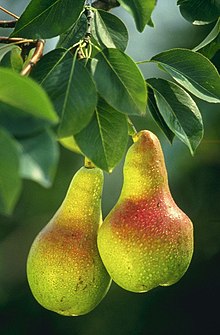
Hi Everybody!!
The big birds (ducks, geese, cranes) who wintered down here in South Texas, left for their northern homes on 3 3. I just happened to be outside with my camera when I heard them, so I was able to get a few quick shots as they flew over. When I was a young girl, they flew closer to the ground and there were millions. Due to some idiots standing in their front yards and shooting the birds, the birds began flying higher many years ago. I can set my winter watch by when they come and when they go as I have always been in a fly over location! Included with the photos below is some info on Bird Migration from Wikipedia. Enjoy!





https://en.wikipedia.org/wiki/Bird_migration
Bird migration is the regular seasonal movement, often north and south along a flyway, between breeding and wintering grounds. Many species of bird migrate. Migration carries high costs in predation and mortality, including from hunting by humans. Migration is driven primarily by availability of food. It occurs mainly in the northern hemisphere, where birds are funnelled on to specific routes by natural barriers such as the Mediterranean Sea or the Caribbean Sea.
Historically, migration has been recorded as much as 3,000 years ago by Ancient Greek authors including Homer and Aristotle, and in the Book of Job, for species such as storks, turtle doves, and swallows. More recently, Johannes Leche began recording dates of arrivals of spring migrants in Finland in 1749, and scientific studies have used techniques including bird ringing and satellite tracking. Threats to migratory birds have grown with habitat destruction especially of stopover and wintering sites, as well as structures such as power lines and wind farms.
The arctic tern holds the long-distance migration record for birds, travelling between Arctic breeding grounds and the Antarctic each year. Some species of tubenoses (Procellariiformes) such as albatrosses circle the earth, flying over the southern oceans, while others such asManx shearwaters migrate 14,000 km (8,700 mi) between their northern breeding grounds and the southern ocean. Shorter migrations are common, including altitudinal migrations on mountains such as the Andes and Himalayas.
The timing of migration seems to be controlled primarily by changes in day length. Migrating birds navigate using celestial cues from the sun and stars, the earth's magnetic field, and probably also mental maps. Migration has developed independently in different groups of birds and does not appear to require genetic change; some birds have acquired migratory behaviour since the last ice age.

Flower of the day: Pear Blossoms



https://en.wikipedia.org/wiki/Pear
The pear is any of several tree and shrub species of genus Pyrus /ˈpaɪrəs/, in the family Rosaceae. It is also the name of the pomaceous fruit of these trees. Several species of pear are valued for their edible fruit, while others are cultivated as ornamental trees.
| Pears | |
|---|---|
 | |
| European Pear branch with two pears | |
| Scientific classification | |
| Kingdom: | Plantae |
| (unranked): | Angiosperms |
| (unranked): | Eudicots |
| (unranked): | Rosids |
| Order: | Rosales |
| Family: | Rosaceae |
| Subfamily: | Amygdaloideae[1] |
| Tribe: | Maleae |
| Subtribe: | Malinae |
| Genus: | Pyrus |



...this is brendasue signing off from Rainbow Creek. See you next time!

O+O

No comments:
Post a Comment